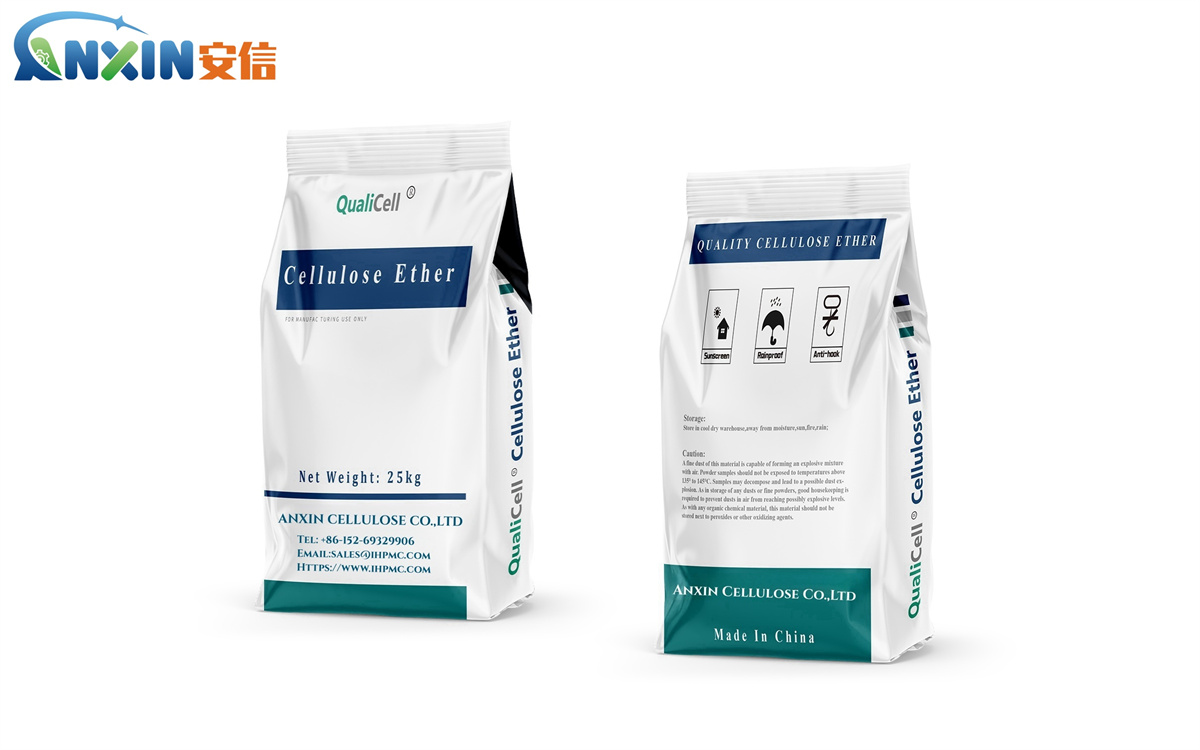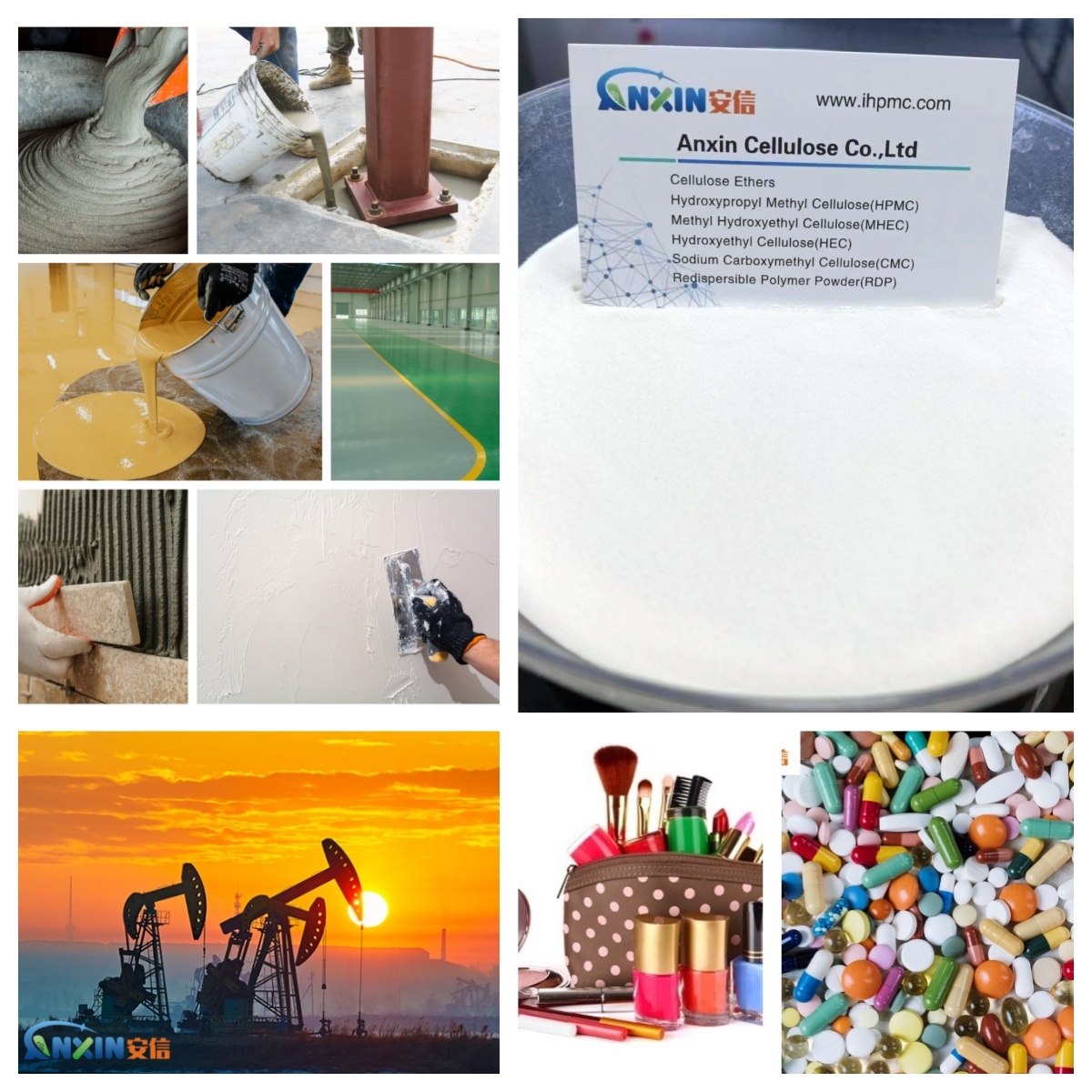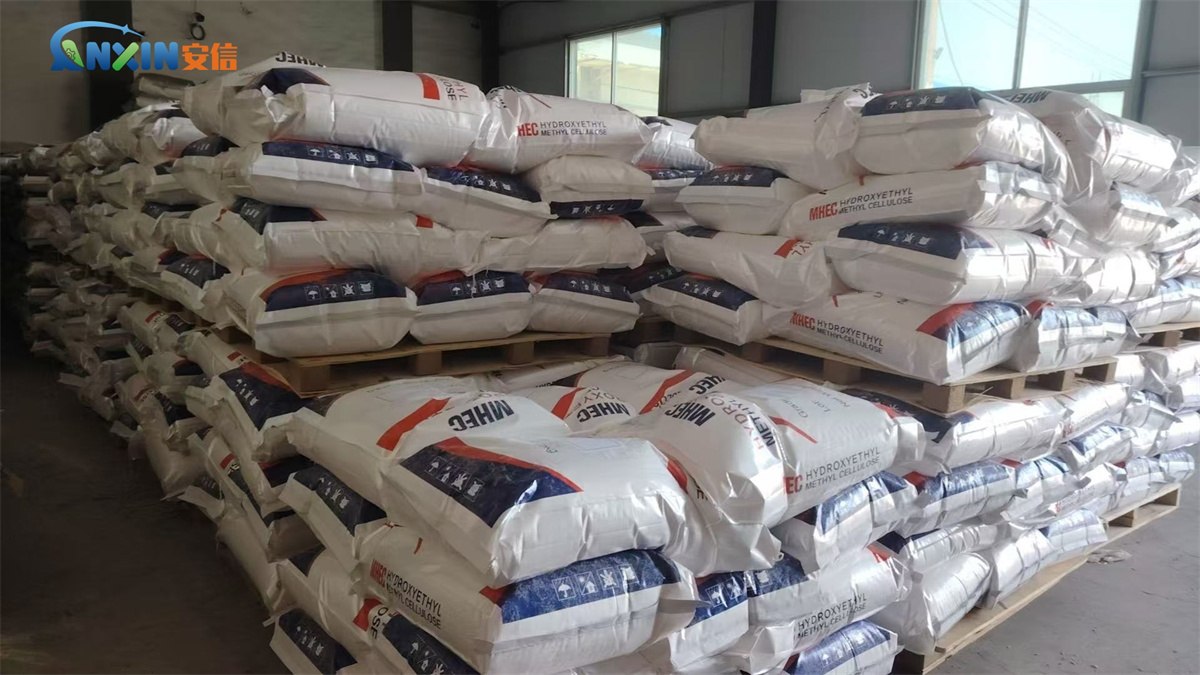Cellulose ethers are a class of water-soluble polymer compounds obtained by etherification modification of natural cellulose. Cellulose is the most abundant natural polymer substance on earth and is widely found in plant cell walls. Its basic structure is composed of glucose units connected by β-1,4-glycosidic bonds. Since natural cellulose is insoluble in water and most organic solvents, its direct application is limited. In order to expand its performance and use, people introduce hydrophilic or hydrophobic groups through chemical modifications such as etherification reactions to obtain cellulose derivatives. Among them, cellulose ethers are widely used in construction, medicine, food, cosmetics, oil drilling and other fields due to their good water solubility, film-forming properties, adhesion, biocompatibility and other properties.

1. Types of cellulose ethers
Depending on the type of ether group introduced, cellulose ethers mainly include the following types:
1.1 Methyl cellulose (MC): It is the earliest commercialized cellulose ether with good film-forming properties and adhesion. It is often used in coatings, adhesives, etc.
1.2 Hydroxypropyl methylcellulose (HPMC): It is made by introducing hydroxypropyl and methyl groups. It has better thermal gelation and solubility. It is an important component of pharmaceutical tablet coating and sustained-release materials.
1.3 Hydroxyethyl cellulose (HEC): The introduction of hydroxyethyl groups improves solubility and stability. It is widely used in latex paints, daily chemical products, etc.
1.4 Sodium carboxymethyl cellulose (CMC-Na): After the introduction of carboxymethyl groups, cellulose becomes anionic and can be used as a food thickener, papermaking, and oil drilling.
1.5 Methyl hydroxyethyl cellulose (MHEC): It combines the characteristics of methyl and hydroxyethyl groups and has good construction performance. It is often used in dry powder building materials such as building putty powder and tile adhesive.
2. Preparation process
The preparation of cellulose fiber ether generally includes two steps: alkalization and etherification. First, natural cellulose is treated with sodium hydroxide to form alkali cellulose, and then reacted with an appropriate etherifying agent (such as methyl chloride, propylene oxide, chloroacetic acid, etc.) to generate the corresponding cellulose ether. Reaction conditions (such as temperature, pH value, time, etc.) and the type and amount of etherifying agent determine the degree of substitution (DS) and substituent distribution of the final product, thus affecting its performance.

3. Performance characteristics
Cellulose ethers have the following important properties:
3.1 Water solubility and thickening: Most cellulose ethers are soluble in cold water to form transparent viscous solutions, and are excellent thickeners.
Film-forming property: It can form transparent and flexible films on various surfaces and is widely used in coatings and drug coatings.
3.2 Adhesion: As an adhesive, it can enhance the bonding strength between materials.
3.3 Water retention: It can significantly improve water retention and construction performance in systems such as cement mortar and gypsum.
3.4 Thermal gelation: Some cellulose ethers (such as HPMC) form gels during heating, which helps control drug release.
3.5 Biocompatibility and degradability: It is non-toxic, non-irritating, and partially biodegradable, suitable for the fields of medicine and food.
4. Application fields
4.1 Construction industry
In dry-mix mortar, tile adhesive, putty powder, self-leveling floor and other materials, cellulose ether is mainly used as thickener, water retainer and construction improver. It can improve construction efficiency, reduce cracking and enhance strength.
4.2 Pharmaceutical industry
Used as adhesive, sustained-release carrier and coating material for tablets, HPMC and CMC-Na are particularly common. They can control the release rate of drugs and improve drug stability.
4.3 Food industry
CMC-Na is used as a stabilizer, emulsifier and thickener in food, such as ice cream, jelly, condiments, etc., which has a good taste improvement effect.
4.4 Daily chemical products
Used in toothpaste, shampoo, facial cleanser and other products, it plays the role of thickening, moisturizing, emulsifying and stabilizing, especially HEC and HPMC are used more.
4.5 Oil extraction
As a rheology regulator and filtration control agent in drilling fluid, it improves drilling efficiency and reduces environmental impact.

5. Development Trends
With the promotion of green environmental protection concepts and the growing demand for high-performance materials, the development of cellulose ethers is showing the following trends:
Functionalization and high performance: Improve heat resistance, salt resistance, controlled release and other properties through copolymerization modification, cross-linking modification and other means.
Nanotechnology combination: Combine with nanomaterials to form composite materials to improve its performance in high-end application fields.
Biomedical direction: Develop more targeted and biocompatible cellulose ether derivatives for tissue engineering, targeted drug release, etc.
Green production process: Use solvent-free, low-energy consumption and recyclable environmentally friendly synthesis routes to reduce environmental impact.
As an important natural polymer derivative, cellulose ether has become an indispensable functional additive in modern industrial and civilian products with its excellent performance and wide application prospects. In the future, with the development of materials science and the improvement of green environmental protection requirements, the preparation technology and application fields of cellulose ethers will continue to expand, and its potential in high-performance building materials, biomedicine, smart materials, etc. will also be gradually explored.
Post time: May-13-2025